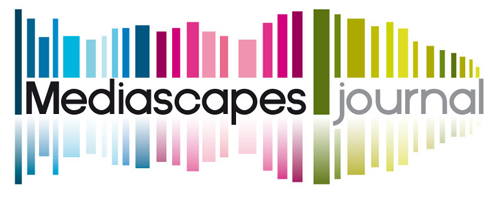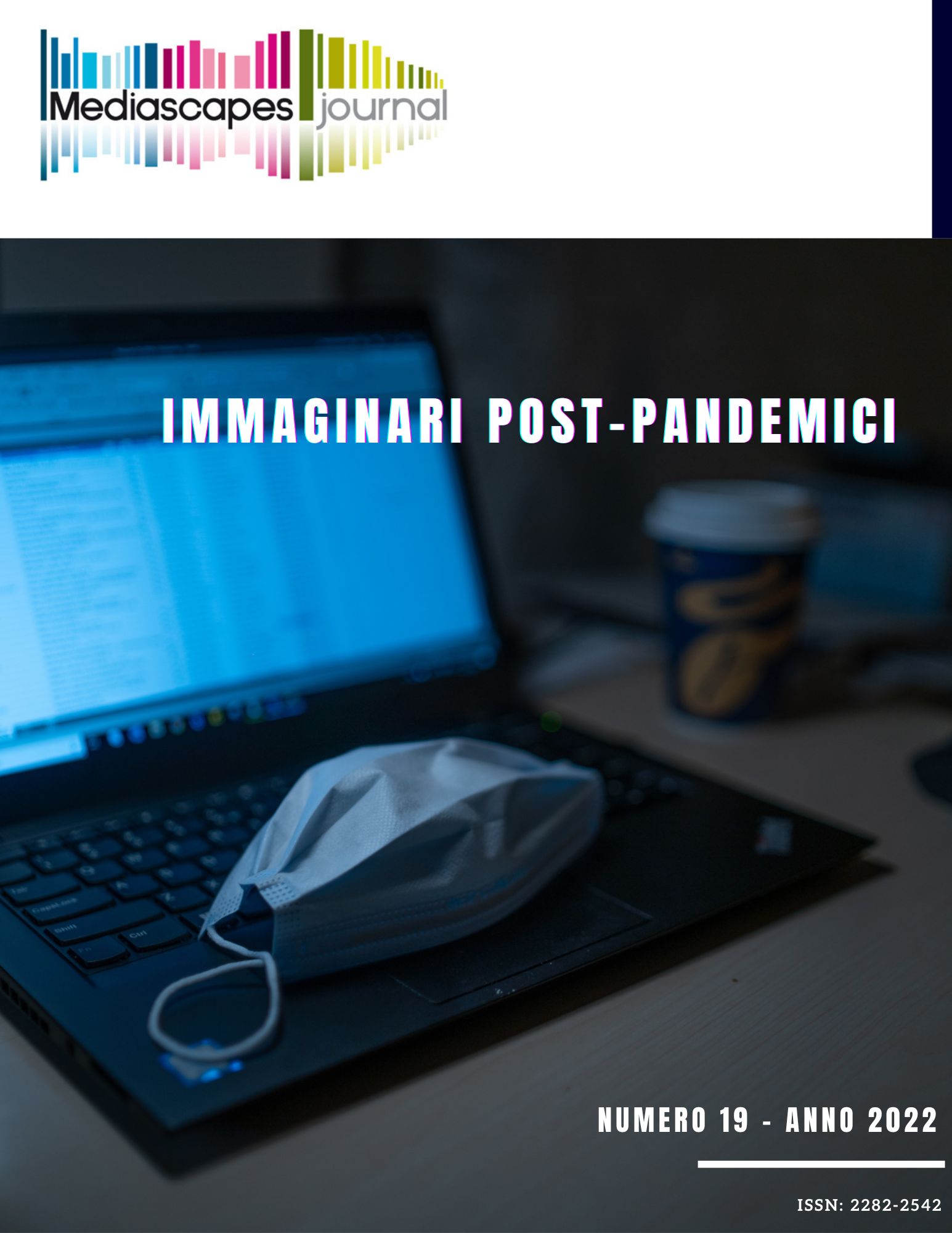Da informativa ad ostile: analisi e profilazione della comunicazione dei leader al tempo del Covid-19
Keywords:
comunicazione politica, Twitter, Covid-19, Text mining, Analisi delle corrispondenzeAbstract
The contribution highlights the reversals of position in the communication strategies of Italian political leaders between the first and second wave of the Covid-19 pandemic, in a wide context of changes of political strategies and contingent political asset. Specifically, the study focuses on the communication adopted on Twitter by seven figures who dominate the national political scene during the monitoring period: Silvio Berlusconi, Giuseppe Conte, Luigi Di Maio, Giorgia Meloni, Matteo Renzi, Matteo Salvini and Nicola Zingaretti. Through the combination of the Latent Dirichlet Allocation topic modeling algorithm and multidimensional analysis techniques, the paper analyses and compares the language used in the tweets by the political actors during the first pandemic wave (March-May 2020) and the second one (September-December 2020). The factorial projections allow to define four different types of political communication: informative, hostile, demagogic and propagandistic. The main contribution of this work consists in a combination of statistical techniques to study political communication and in the detection of three specific elements of change in the leaders’ communication strategies. In particular, the first change observed is the transition from a political communication based on rational discourses to one based on the affectivity of the publics. The second change refers to the strategic re-organisation of the political alignments in the field. Finally, the third change concerns the polarisation of Giuseppe Conte's position, which reflects the distrust and de-legitimisation before the government crisis happened in January 2021.
Downloads
Published
How to Cite
Issue
Section
License

This work is licensed under a Creative Commons Attribution 4.0 International License.
Mediascapes Journal is published under a Creative Commons Attribution Licence 4.0.
With the licence CC-BY, authors retain the copyright, allowing anyone to download, reuse, re-print, modify, distribute and/or copy their contribution. The work must be properly attributed to its author. It should be also mentioned that the work has been first published by the journal Anuac.
Having published these contributions for the first time, Mediascapes Journal will have the right to publish them integrally or partially as reprints or possibly as part of a thematic issue, in both digital and printed format.
It is not necessary to ask further permissions both to author or the journal.


